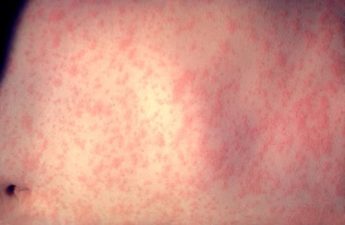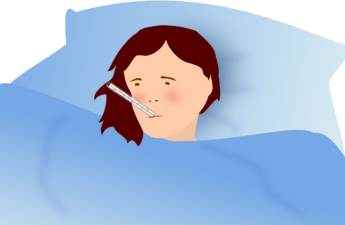Alongside the ongoing transmission of COVID-19, common colds are on the rise in Seattle and King County
Gregory Hart and Mike Famulare (IDM) on behalf of the Seattle Flu Study Investigators and Public Health – Seattle & King County
In the fall of 2018, the Seattle Flu Study (SFS) began monitoring respiratory diseases in the Seattle metro area. At the beginning of 2020, SFS partnered with Public Health – Seattle & King County to launch the greater Seattle Coronavirus Assessment Network (SCAN) to track and monitor COVID-19.
The combined SFS and SCAN data offer us a window into the effects of COVID-19 mitigation efforts—not only on the spread of COVID-19, but also on the transmission of other respiratory viruses. The findings also remind us of the importance of diligently following public health recommendations.
Looking at the level of positive tests for all respiratory diseases in the summer of 2019, we see that causes of the common cold like rhinovirus, parainfluenza, and metapneumovirus held on through the summer alongside a measurable level of continued flu importations.
Comparing the 2019 data to this year’s summer of COVID-19 control, we saw a deeper and much longer suppression of respiratory diseases with only the COVID-19 virus and rhinovirus enduring.
While it is hard to quantify the exact effects of the COVID-19 mitigation efforts as there are many complexities in analyzing this combined dataset, the undeniable contrast is almost certainly due to the COVID-19 control efforts.

1. Stacked histogram showing cumulative test positive fraction for 10 pathogens across the last two years in the Seattle metro area. We see that in the summer of 2020 all respiratory disease was suppressed more and for longer than in the summer of 2019. This can largely be attributed to the various mitigation efforts put in place to combat COVID-19.
If we look closer at the data for this summer, we can see that the flu season was already winding down, but the voluntary closure of large employers, local schools, and the Stay Home, Stay Healthy order accelerated the normal seasonal decline in flu cases.
Flu, RSV, common coronaviruses, and other pathogens died out quickly in response to the control measures and we are only now seeing detectable reimportations.
Additionally, there is essentially a pairing between relaxing distancing restrictions (moving to phase 1.5 or 2) and additional mitigation efforts (increasingly strong mask requirements) that have helped keep the various respiratory diseases suppressed.
There are three important lessons to learn from what we see here.
- First, our mitigation efforts are protecting us from more than just COVID-19.
- Second, our efforts are not perfect. Despite everything people have done and are doing, rhinovirus—the most common viral infection in humans and dominant cause of the common cold—continues to circulate.
- Third, not all circulation is equal—rhinovirus levels are still much lower and climbing more slowly than last summer, and COVID-19 levels are much lower than they would be if left unchecked.

2. Looking at the summer of 2020 we see that the Stay Home, Stay Healthy order helped speed the end of the flu season. Combining relaxation of strict measures (going to phase 1.5 and 2) with other mitigation efforts (increasingly strong mask requirements) have managed to keep disease incidence low. However, the persistence of Covid-19 and Rhinovirus show that our efforts are not perfect in preventing the spread of respiratory disease.
While Seattle and King County may see a very mild flu season this year due to ongoing COVID-19 mitigation efforts, the winter season still carries a risk for heightened spread of respiratory disease.
“The same steps we take to prevent COVID-19 — limiting activities outside the home, decreasing the numbers and duration of close contact with others, avoiding poorly ventilated indoor spaces, wearing a mask whenever in public, and good handwashing — will also help reduce the spread of influenza and other respiratory viruses,” said Dr. Jeff Duchin, Health Officer for Public Health – Seattle & King County. “And because we need to prevent as many influenza infections as possible this season, everyone should please remember to get vaccinated.”
As we hope for more businesses to open and for students to return to in-person learning, it is essential for all of us to remain diligent in following public health guidelines to protect ourselves and our community.
Originally posted on September 10th, 2020


